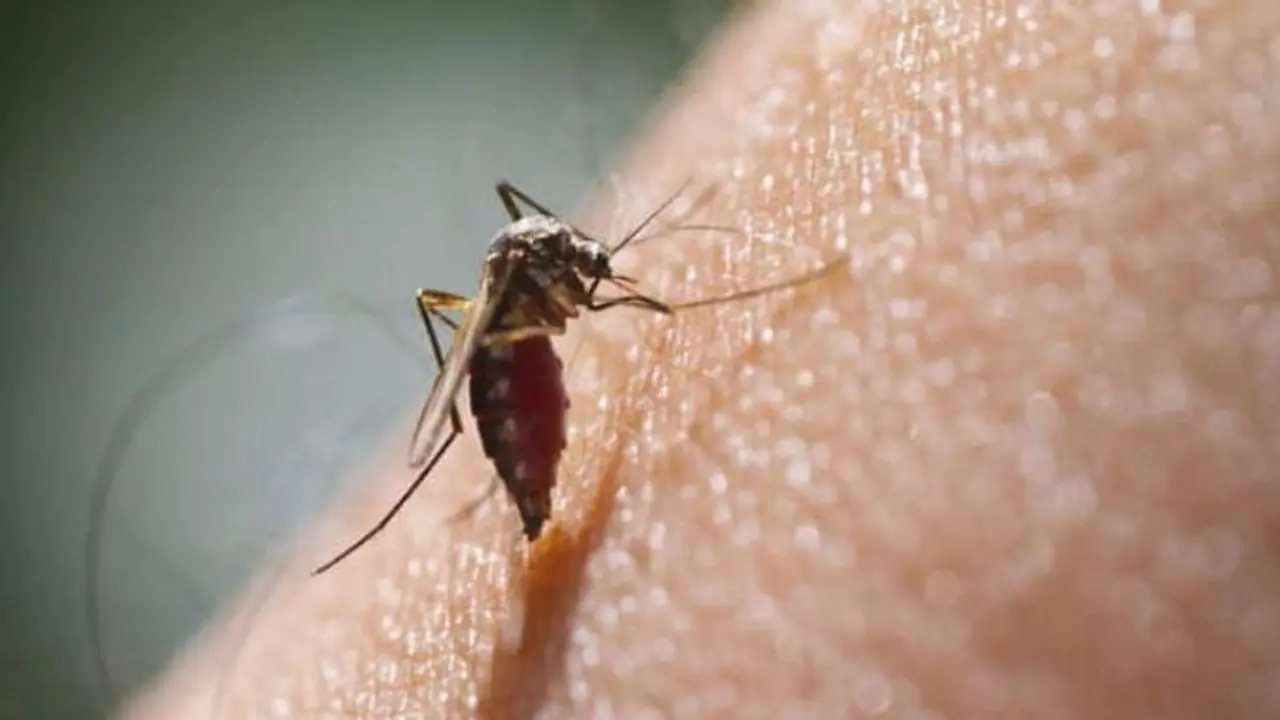Mosquitoes carry and spread diseases to humans that cause millions of deaths every year
Bangalore: Mosquitoes are considered to be disease vectors. This means that they are often responsible for spreading deadly diseases to people. Mosquitoes have four distinctive life stages:

Egg stage
Larval stage
Pupal stage
Adult stage
Mosquitoes spend the first three life stages in water. All mosquitoes must have water to complete their life cycle. They can complete the life cycle, starting from the egg to the adult, in as little as four days, though it takes two weeks for most mosquitoes to grow from egg to adult.
Most male mosquitoes live only for two weeks while female mosquitoes often live up to a month or more. Female mosquitoes can lay up to 300 eggs at a time.
There are different species of mosquitoes with different preferences for climate and breeding territory. The number of mosquito species in the entire world range from 2,500 to 3,000.
Typically, mosquitoes lay their eggs in standing water. Mosquito larvae hatch from eggs and remain in water, feeding on tiny organisms. Once they mature, adult mosquitoes leave the water to breed.
Mosquitoes rest on tall grass, weeds, and bush near inhabited locations such as homes and other buildings.
Mosquitoes breed in stagnant, standing fresh water that is often found around the houses in tin cans, buckets, discarded tires and other containers that hold stagnant water. The intended pools, clogged rain gutters and plastic wading pools also hold stagnant water.
Controlling mosquitoes at the larval stage help reduce the population of adult mosquitoes.
